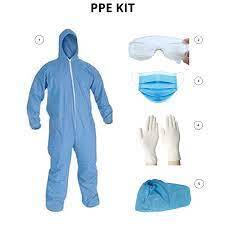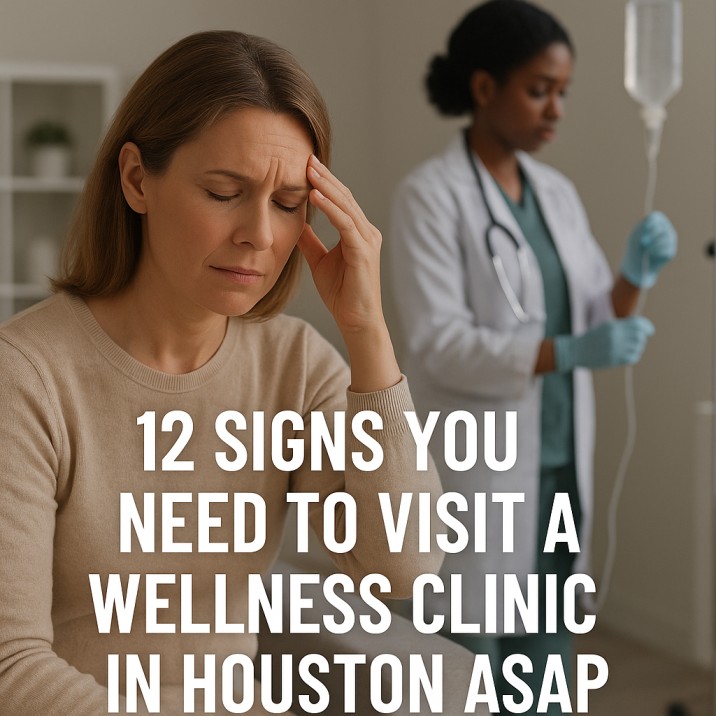In today’s world, personal safety is a top priority across various industries, especially in environments where employees face potential hazards. Whether you’re working in healthcare, construction, manufacturing, or any other sector where physical, chemical, or biological risks are present, having the right protective gear is crucial. The solution to minimizing these risks is a well-equipped Personal Protective Equipment Kit. A comprehensive PPE kit is designed to protect individuals from injuries and exposure to harmful substances, ensuring they stay safe on the job.
In this article, we will explore the essential components of a personal protective equipment kit and why each piece plays a vital role in safeguarding individuals in hazardous environments.
1. Protective Headgear
One of the most critical components of a PPE kit is protective headgear, which shields the head from injuries caused by falling objects, electrical hazards, or accidental bumps. This type of headgear usually includes hard hats and helmets designed for specific industries.
- Hard Hats: These are standard in construction, manufacturing, and mining industries where head injuries from falling objects are a concern. They are designed to absorb the impact of a hit, reducing the risk of severe head trauma.
- Bump Caps: These are lighter than hard hats and are used in situations where the risk of head injury is from bumps against stationary objects rather than falling debris.
- Face Shields: In industries where splashes of chemicals, sparks, or flying debris are risks, face shields offer full-face protection.
2. Eye Protection
Eye injuries are a common hazard in many workplaces, whether from dust, chemicals, or bright lights. Proper eye protection is an essential part of any PPE kit.
- Safety Goggles: These offer protection against dust, chemical splashes, and flying particles. They create a seal around the eyes, providing more comprehensive protection than regular safety glasses.
- Face Shields: In addition to head protection, face shields also safeguard the eyes, especially in industries involving molten metal, grinding, or cutting, where sparks or small particles might fly toward the face.
- Welding Helmets: For those working in welding environments, specialized helmets with dark lenses protect the eyes from bright light and infrared radiation.
3. Respiratory Protection
Respiratory protection is crucial in environments where workers are exposed to dust, fumes, vapors, or biological contaminants. Depending on the specific hazards, different types of respiratory gear may be required.
- N95 Masks: These are commonly used in healthcare settings to protect against airborne particles and pathogens, especially during outbreaks of contagious diseases.
- Respirators: For higher-risk environments like chemical plants or construction sites, where workers may be exposed to toxic fumes or harmful dust, respirators offer a more comprehensive solution. Respirators come in different forms, including half-mask or full-face respirators, depending on the level of protection required.
- Powered Air-Purifying Respirators (PAPR): These provide advanced respiratory protection with a motorized system that draws air through filters to remove contaminants before the wearer breathes it in.
4. Hearing Protection
Hearing loss due to prolonged exposure to loud noise is a serious and often overlooked occupational hazard. A well-equipped PPE kit should include adequate hearing protection.
- Earplugs: These are small, cost-effective options that reduce noise levels. They are ideal for environments where noise is intermittent or not extremely loud.
- Earmuffs: Offering greater protection, earmuffs are used in environments with constant loud noise, such as factories, construction sites, or airports.
- Custom-Fitted Hearing Protectors: In industries where comfort is key, custom-fitted earplugs or earmuffs provide long-term wearability while protecting against high-decibel environments.
5. Hand Protection
Hands are particularly vulnerable in many industries, from chemical handling to heavy machinery operation. Hand protection in a PPE kit includes a variety of gloves designed for different hazards.
- Chemical-Resistant Gloves: These are necessary for handling chemicals, as they prevent skin contact with hazardous substances that can cause burns, irritation, or more serious health risks.
- Cut-Resistant Gloves: Used in industries like construction, manufacturing, and food processing, these gloves provide protection from sharp tools or objects that can cause cuts or lacerations.
- Heat-Resistant Gloves: In environments where workers handle hot materials or work near high-temperature machinery, heat-resistant gloves prevent burns and other heat-related injuries.
6. Foot Protection
Foot injuries from falling objects, sharp materials, or slipping are common in many workplaces. Proper foot protection should be a key part of any PPE kit.
- Steel-Toe Boots: These are essential for construction, manufacturing, and other heavy-duty industries where there is a risk of heavy objects falling on workers’ feet. Steel-toe boots prevent crushing injuries to the toes.
- Slip-Resistant Shoes: In industries like food service or healthcare, where wet or oily floors are common, slip-resistant shoes help prevent falls.
- Metatarsal Guards: For extreme conditions, additional protection like metatarsal guards (which cover the top of the foot) may be necessary.
7. Body Protection
The body is vulnerable to various hazards, from chemicals to physical impact. PPE kits often include protective clothing designed to shield workers from these dangers.
- Coveralls: Full-body coveralls provide protection against contaminants, dirt, and harmful substances. They are used in construction, healthcare, and industries involving hazardous materials.
- Aprons: For tasks involving chemicals, sharp objects, or hot materials, aprons made from durable materials like rubber or leather offer additional protection.
- High-Visibility Clothing: In environments where workers need to be seen clearly—such as road construction or factory settings—high-visibility vests and jackets are essential.
8. Fall Protection Equipment
In industries like construction, where workers often perform tasks at heights, fall protection gear is a critical component of a PPE kit.
- Harnesses: A fall arrest harness is essential for protecting workers from falls, which can result in serious injury or death. The harness is connected to an anchor point via a lanyard or lifeline, preventing the worker from hitting the ground if they fall.
- Lanyards and Lifelines: These components are used in conjunction with harnesses to control and limit falls, ensuring safety while working at elevated heights.
Conclusion
A Personal Protective Equipment Kit is more than just a set of tools—it’s a lifeline that keeps workers safe from the hazards they face on the job. Each component plays a crucial role in minimizing risks, from head injuries and respiratory issues to foot injuries and falls. A well-stocked and carefully chosen PPE kit ensures that workers have the necessary protection to perform their tasks safely and efficiently.
Organizations should regularly assess the hazards in their work environment and update their PPE kits accordingly to meet evolving safety standards and needs. Whether in construction, healthcare, manufacturing, or other high-risk industries, having the right PPE kit is essential for worker safety and well-being.









